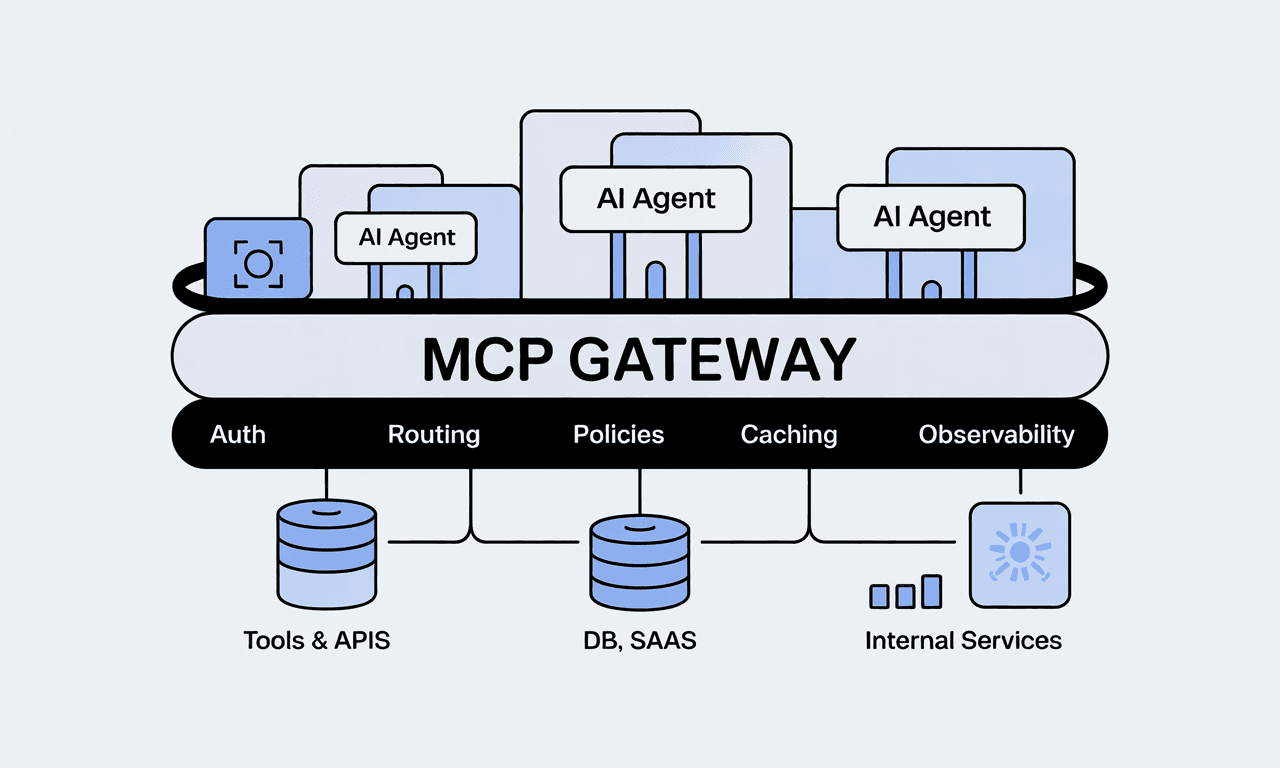Hi HN! I built the AI Domain Data Standard (AIDD), an open, vendor-neutral way for any domain to publish canonical identity data that AI systems can read without relying on third-party aggregators.
https://github.com/ai-domain-data/spec/
The idea: use infrastructure you already control (DNS + HTTPS) to publish one small JSON document and let assistants consume it directly.
Why: AI models routinely misinterpret websites because “who we are” is scattered across schema.org fragments, social profiles, JSON-LD, and other unstructured mediums.
AIDD gives every domain a single, self-hosted source of truth.
You publish the same JSON payload in two places:
https:///.well-known/domain-profile.json
_ai. TXT = ai-json= (standard Base64, ≤255-character segments)
v0.1 schema (intentionally minimal):
{
“spec”: “https://ai-domain-data.org/spec/v0.1“,
“name”: “Example Publisher”,
“description”: “Your official blurb in one or two sentences.”,
“website”: “https://example.com“,
“logo”: “https://example.com/logo.svg“,
“contact”: “hello@example.com”,
“entity_type”: “business | project | personal | nonprofit | …”
}
Tooling (all open source):
Record generator & DNS/Base64 helper: https://www.ai-domain-data.org/
AI visibility checker: validates both the HTTPS and DNS sources
GitHub Action:
uses: ai-domain-data/ai-domain-data-validate-action@v0
(runs aidd validate on every PR so your record doesn’t drift)
Resolver SDK (Node/TypeScript): HTTPS-first, DNS fallback, strict schema validation
WordPress plugin & Cloudflare Worker: built; publishing to their marketplaces underway
Everything lives in one repo:
Repo: https://github.com/ai-domain-data/spec
Feedback I’d appreciate:
Does the v0.1 surface area feel right? (What should wait for v0.2?)
Does the DNS/HTTPS dual-publication pattern make sense?
Are the docs/tooling clear enough for real-world adoption?
What would make you or your organization more likely to publish a self-hosted identity profile?
Thanks for taking a look!
Comments URL: https://news.ycombinator.com/item?id=45939788
Points: 1
# Comments: 0
Source: github.com


